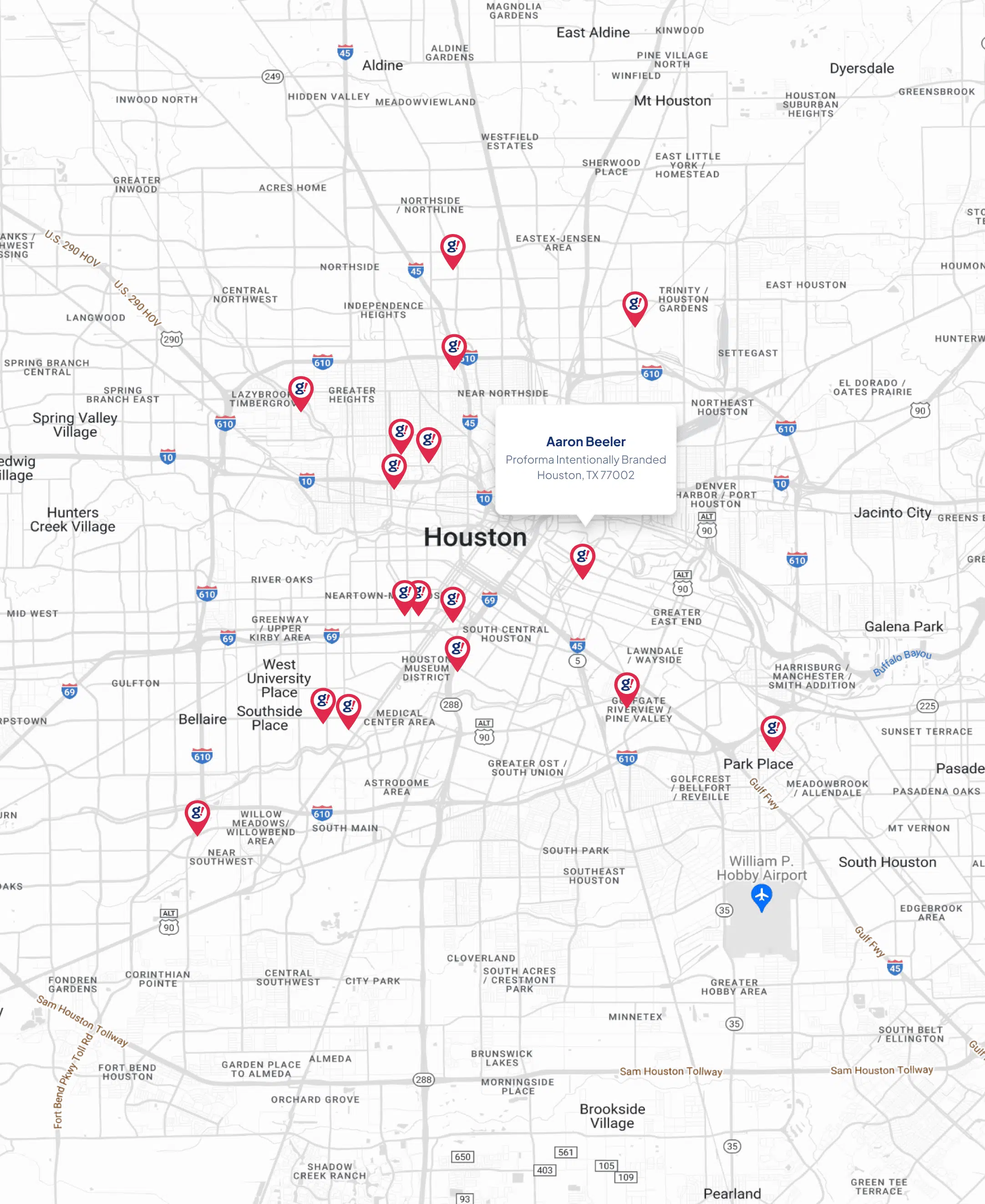AI is no longer a future trend. It’s today’s reality. From content creation to customer service to internal operations, AI tools are reshaping how businesses work.
But here’s the catch: most companies are just scratching the surface.
They’re using AI, but they’re not owning it.
They’re adding tools to their workflow, but not building workflows around tools.
They’re automating tasks, but not tailoring systems that grow with their brand.
And that’s the difference between businesses that fall behind and the ones that build real momentum.
AI Isn’t One-Size-Fits-All, And That’s the Point
There’s no shortage of “AI-powered” products. But most are built for the masses. That means generic features, generic outputs, and if you’re not careful, generic results.
Think about it:
- You’re a home service business posting ChatGPT articles that sound like every other contractor.
- You’re a med spa using the same AI replies as your competitors.
- You’re an accountant automating emails, but still writing them all manually.
If that feels backwards, it’s because it is.
True AI leverage comes from alignment… when the tools you use actually understand your business.
The Rise of Custom AI
Smart businesses are making a shift.
They’re not asking, “What AI tools can I use?” They’re asking, “How do I train AI to work like me?”
This mindset flips the script. Instead of chasing hacks or templates, these businesses are:
- Feeding AI tools their own tone, customer language, and brand voice
- Connecting AI with internal data, local SEO goals, and marketing calendars
- Automating more without losing control over quality or identity
In other words, they’re building systems, not stacking tools.
Customization matters, especially for local service businesses like those in HVAC, legal, healthcare, or automotive industries, where time is limited and operations are already complex. You don’t need more tasks piling up. You need systems that function effectively while you stay focused on running your business. Off-the-shelf AI often leads to generic blog content that doesn’t rank, repetitive social posts that don’t engage, and AI chats that feel flat and untrustworthy.
In contrast, custom AI delivers tone-matched, keyword-targeted content that drives qualified traffic, branded social posts that build credibility, and integrated workflows that save time and generate real leads. When aligned with your brand and goals, AI stops being a gimmick and starts becoming real ROI.
What Does Custom AI Actually Look Like?
Here are real ways businesses are customizing AI today:
1. Training AI on Brand Voice
Uploading previous blog posts, ads, or service pages to create a tone engine that reflects your voice… not ChatGPT’s.
2. Localizing Content Output
Feeding AI your service areas, target keywords, and competitors so your blog posts and SEO strategy actually rank.
3. Creating Repeatable Workflows
Building automation that doesn’t just write content but posts it, tracks it, and improves it based on real results.
4. Streamlining Customer Engagement
Using custom-trained AI chat tools that answer questions like a team member would, not like a script.
The Tools Are Ready. The Edge Is in the Setup.
Most business owners feel like they’re falling behind. They’re being told to “use AI,” but no one is showing them how to build with it.
That’s where smart platforms are stepping up, with fully managed, customizable AI that fits your goals.
From content systems that auto-post across your platforms to SEO workflows built around your keywords to chat tools trained on your service pages and FAQs, the new standard isn’t just automation. It’s alignment.
Start Thinking in Systems, Not Tools
Using AI isn’t enough anymore. Your competitors are doing that too.
If you want to:
- Scale content marketing without hiring a team
- Rank locally with minimal effort
- Create daily visibility for your business
- Save time without sacrificing control
Then it’s time to move beyond plug-and-play. Start building an AI system you control, because the future doesn’t belong to those who just use AI.
It belongs to those who make it their own.
Ready to See What It Feels Like When AI Actually Knows Your Business?
Start with g!Stream™. It’s a fully managed HI/AI content engine built to understand your voice, your services, your audience, and your goals, then work every day to grow your visibility without you lifting a finger. No prompts. No guesswork. Just smart, on-brand content that ranks, converts, and scales with you.
[Book a strategy session →] https://gotchamobi.com/strategy-session/








